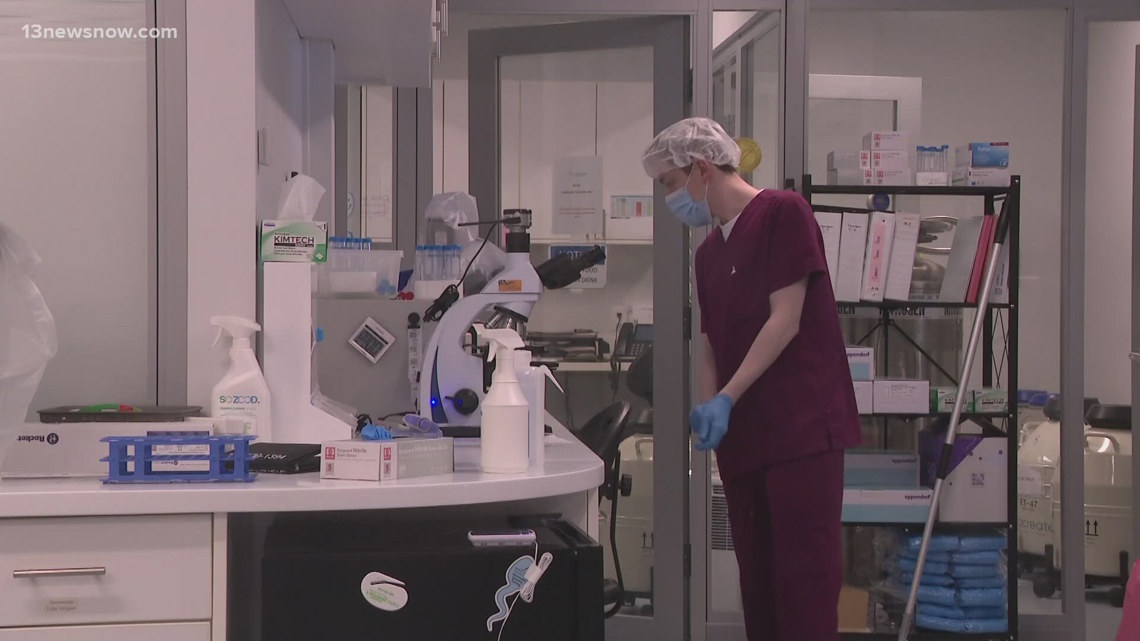Is Australian Healthcare Missing the Mark? Why Tech 'Disruption' Isn't Delivering

For years, we've heard promises of a healthcare revolution, driven by shiny new technology. But are these innovations truly solving the problems facing Australians, or are they just adding complexity and cost? As Chief Medical Officer, I've seen firsthand how the focus often gets flipped – we embrace the tech first, and then try to figure out what problem it addresses. This approach, frankly, isn't working.
The Australian healthcare system faces significant challenges: rising costs, workforce shortages, geographic disparities in access, and a growing burden of chronic disease. Simply throwing technology at these issues isn't a sustainable solution. We need a fundamental shift in how we approach healthcare innovation.
The core issue is a backwards approach. Instead of identifying the critical pain points for patients and healthcare providers, we become mesmerized by the latest gadgets and platforms. We see a new app, a wearable device, or an AI-powered diagnostic tool, and we excitedly proclaim it will transform healthcare. But unless it directly addresses a real, pressing need, it’s likely to fail.
The Problem-First Approach: A Better Way
Imagine a different scenario. Let's start with the problem. For example, consider the difficulties rural Australians face in accessing specialist care. Instead of assuming a telehealth platform is the answer, we need to deeply understand the barriers: unreliable internet access, lack of digital literacy, concerns about data privacy, and the personal connection patients value with their doctors. Only then can we design a solution that truly meets their needs. This might involve a combination of telehealth, mobile clinics, and training programs for local healthcare workers.
This 'problem-first' approach requires a different mindset. It demands that we actively listen to patients, clinicians, and other stakeholders. It means involving them in the design and testing of new technologies. It requires a willingness to challenge assumptions and to abandon solutions that don't deliver tangible benefits.
Beyond Technology: The Human Element
It's also crucial to remember that healthcare is fundamentally about human connection. Technology should augment, not replace, the vital role of healthcare professionals. A chatbot can provide basic information, but it can't offer the empathy and reassurance that a doctor can. AI can assist with diagnosis, but it can't replace the clinical judgment of an experienced physician.
Furthermore, we need to consider the impact of technology on the healthcare workforce. New technologies can automate routine tasks, freeing up clinicians to focus on more complex cases. But they can also create new demands and require new skills. Investing in training and support for healthcare workers is essential to ensure that they can effectively use these tools.
Looking Ahead: A Call for Strategic Innovation
The potential of technology to improve Australian healthcare is undeniable. But to realise that potential, we need to move beyond the hype and adopt a more strategic, problem-focused approach. This means prioritizing innovation that addresses real needs, involving stakeholders in the design process, and ensuring that technology complements, rather than replaces, the human element of care. It's time to shift our focus from 'disruption' for disruption's sake, to genuine, sustainable improvement in the health and wellbeing of all Australians. Let's build a healthcare system that is not just technologically advanced, but also patient-centered, equitable, and truly effective.






